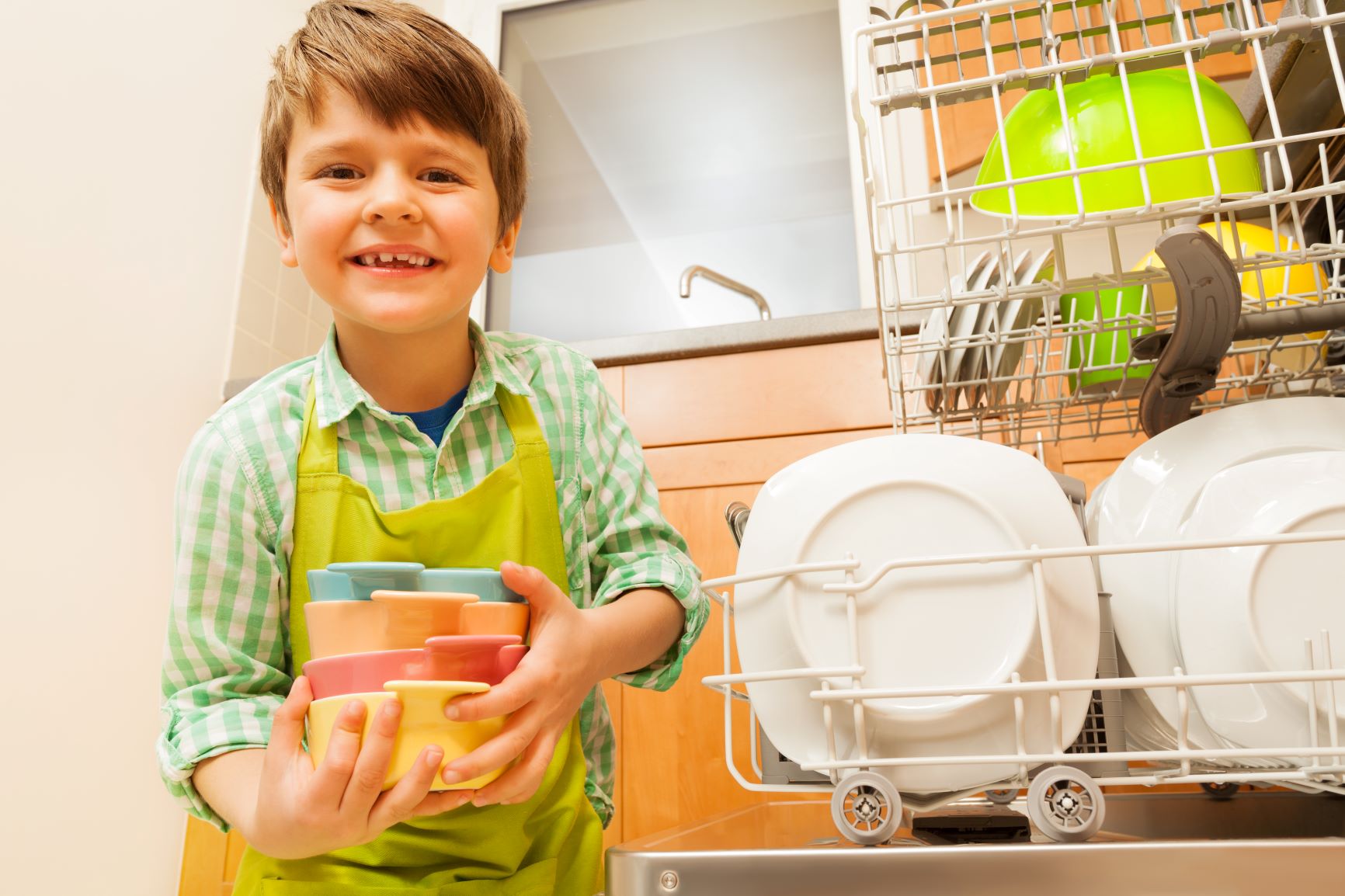Traveling with Toddlers During the Holidays
As the holiday season approaches, the stress of traveling is inevitable. Traveling alone can be nerve-racking but traveling with toddlers takes that stress to another level. The best way to get through a trip with your little ones with as little stress as possible is to be prepared.
Here are some tips to help you do that!
1. Plan your flights smartly.
The airline and flight time are two important factors that should be considered when you’re flying with children. If you’re looking to save money, keep in mind that certain airlines allow babies and toddlers to fly for free in the United States if they’re under the age of 2.
When it comes to traveling with children, the most optimal time to travel is overnight. Not only are overnight flights a great way to save money but it gives you the opportunity to go through airport security with less trouble. According to Skyscanner.com, these flight times can also “reduce your risk of a delayed flight, which can be a real hassle when you have a young one.” Toddlers are also most likely to fall asleep on an overnight flight, which reduces your stress on how you’ll keep them entertained.
2. Give yourself time.
Leaving the house at least 2-3 hours ahead will be your biggest advantage. Toddlers don’t understand the uneasiness that comes with traveling, and often want to do things like go to the potty or eat a snack at the most inconvenient times. The extra time allotted will give you enough time to fulfill your child’s needs before boarding your flight.
3. Pack things you might need.
When traveling, you can never be too sure of what will happen, so it’s crucial to bring along snacks, medicine, diapers and extra clothes. Many airlines don’t provide complimentary snacks for their passengers, so it’s best not to rely on them. Be prepared with a variety of your child’s favorite snacks.
Many children get motion sickness on the plane, so remember to pack medicines. According to the Mayo Clinic, children 2-years-old and up can take Dimenhydrinate (Dramamine) to prevent motion sickness symptoms. And children above 6 can take the antihistamine diphenhydramine (Benadryl), approved for kids 6 and older, may also prevent symptoms.
4. Provide entertainment.
Keeping your child entertained during long trips will make the trip much more enjoyable for the both of you. Toddlers especially don’t like to sit still and like to throw random tantrums. Make sure to take a few books, a coloring book, a toy, and a tablet with apps and movies already downloaded on it.
At Parker-Chase
At Parker-Chase, we believe that traveling with your children is a great way to spark their curiosity and catch their interest in exploring the world around them. Traveling with toddlers can be fun and rewarding if you go prepared.










